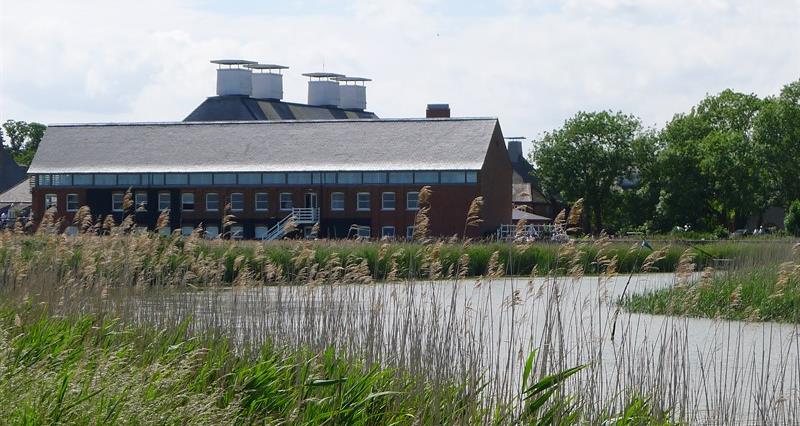In East Anglia and East Midlands, the regional plan will be created by Water Resources East (WRE), an independent legal entity that has quickly grown to include almost 130 members.
The NFU has accepted a seat on the WRE Board of Directors to ensure that farming is fully taken into account when critical decisions are taken on future water availability and how to prioritise its use.
WRE appears to be in a good position to create partnerships with a wide range of organisations in the funding and delivery pilot schemes at local, catchment, and landscape scales.
WRE has already secured almost £5m of funding to deliver the first series of projects.
These initiatives will be used to demonstrate ‘the art of the possible’ with regard to multi-sector planning and collaboration, providing evidence on what works and doesn’t work, and how scalable the various initiatives might be.
The NFU is working with WRE and other partners and stakeholders on a number of initiatives.
Water for Tomorrow
Water for Tomorrow is an EU Interreg (Channel) funded project to implement multi-sector water resource management at the catchment scale, with a budget of €4m.
New management tools and approaches will be piloted in three East Anglian catchments – Cam & Ely Ouse, East Suffolk and Broadland.
The project will examine how to achieve increased ‘system resilience’ for the benefit of the environment, business and society. Initial work will be focused in Broadland.
Water resource management strategies will be developed, including locally tailored solutions, based on the use of smart data collection to provide near real-time hydrological and ecological data to underpin management decisions.
These decision support tools and data management systems will enable the planning of investments and interventions that deliver multiple objective outcomes.
Fenland Futures
The project aims to create new multi-sector reservoirs which will provide additional water supply and resilience for all water users, including the farming and food sector. Project partners are exploring how housing growth areas of the Fens can be protected from flooding while also enabling key national and regional infrastructure projects to be built.
Use of open water channels to provide increased water storage, biodiversity, navigation and tourism and further flood management benefits are also being explored. Furthermore, opportunities to manage land and water across the Fens in new and integrated ways are being examined, with attention given to securing the future of the peat landscapes.
Meanwhile, a smart water system for the South Forty Foot Drain (Witham) catchment in the Lincolnshire Fens is being created through the installation of instruments to monitor flow and to provide real-time data to reduce flood risk, secure water resources and improve water quality.
Norfolk Water Management Plan
This project will develop a detailed Water Management Strategy and Plan and establish a partnership structure known as a ‘Water Fund’ to facilitate the aggregation and financing of water-related schemes.
Initial work will focus on detailed analysis of water opportunities and challenges in the county through to the 2050s and beyond.
Cambridgeshire Chalk Streams Project
This project looks at the potential impact of land-use interventions on, for example, chalk aquifer recharge and natural flood risk management. The aim is to submit the outputs of this project back to Defra as a Phase 3 Environmental Land Management (ELMs) trial.
NFU members are encouraged to actively engage with the opportunities presented by local water planning projects.
Water Resources East newsletter
Water Resources East has produced a newsletter that is available for NFU members to download and read.
More from NFUonline:
- NFU welcomes government commitment to build drought resilience
- NFU welcomes commitment to regional water planning
- Joint working on water resources in the East
- Adverse weather - check the latest situation
- Customer protection during ongoing COVID-19 restrictions reviewed by water regulator
- New customer guidance on water leakage and 'return to sewer' published

